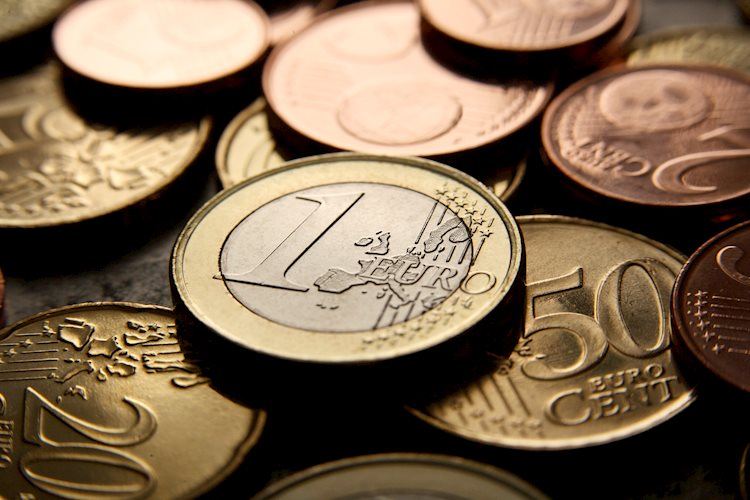The EUR/USD pair has rebounded from key Fibonacci support at 1.1107 amid renewed US Dollar selling. However, the pair’s further upside may be limited by risk aversion and nervousness surrounding pre-German inflation and US GDP data. The daily technical setup remains constructive for EUR/USD in the near term.
On Thursday, EUR/USD is back in the green zone, reversing a portion of the previous day’s sell-off. The potential for further gains may be hindered by increased risk aversion in the market, which could lead to a resurgence in safe-haven demand for the US Dollar. This caution comes after Nvidia’s disappointing sales forecast and ahead of the release of important economic data.
Germany is scheduled to release its preliminary inflation data, while the US will feature the second estimate of GDP later in the day. From a short-term technical perspective, the EUR/USD uptrend remains intact as long as the key support level at 1.1107 holds. The RSI is firm above 50, indicating bullish potential for the pair.
To retest the yearly highs above 1.1200, EUR/USD would need to see daily closing above the psychological level of 1.1150. Resistance may be encountered at Wednesday’s high of 1.1186. Conversely, a break below 1.1107 could lead to a decline towards the 38.2% Fibonacci level at 1.1045, with immediate support at the 21-day SMA of 1.1026.
The EUR was the strongest against the USD today, as shown in the percentage change table against major currencies. The heat map illustrates the percentage changes of major currencies against each other. The base currency is selected from the left column, and the quote currency is chosen from the top row, with the percentage change displayed in the corresponding box.
Overall, the EUR/USD pair faces potential upside but may be limited by market caution and economic data releases. The technical setup remains positive for the pair, but key support and resistance levels will be crucial in determining the next direction for EUR/USD trading. Investors should monitor risk sentiment and economic indicators for further cues on the pair’s movement in the near term.











